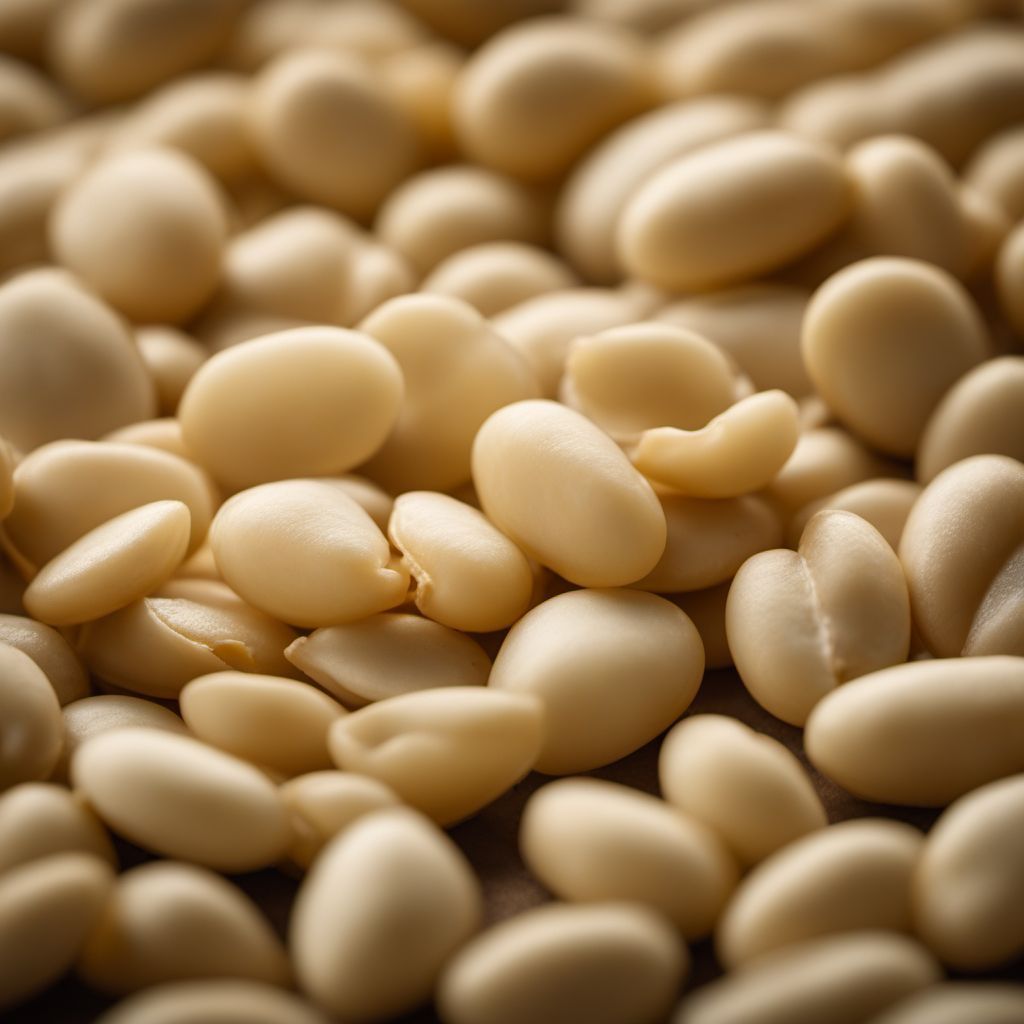
Ingredient
Lima beans (dry)
The Versatile Lima Beans
Lima beans are large, flat beans with a creamy texture and a slightly sweet, buttery flavor. They are commonly used in soups, stews, and casseroles, as well as in salads and side dishes. Lima beans are a popular ingredient in American, Caribbean, and Latin American cuisines.
Origins and history
Lima beans have a long history and have been cultivated for thousands of years. They are believed to have originated in South America and were domesticated by indigenous cultures. Lima beans were introduced to Europe by Spanish explorers and later spread to other parts of the world. They have become a staple in many cuisines due to their versatility and nutritional value.
Nutritional information
Lima beans are a good source of plant-based protein, dietary fiber, iron, and folate. They are also low in fat and cholesterol-free. Additionally, they contain antioxidants and phytonutrients that may provide health benefits.
How to select
When selecting dry lima beans, look for ones that are plump, uniform in size, and free from cracks or damage. Avoid beans that are discolored or have a musty odor. If possible, opt for organic or locally sourced beans for the best quality and flavor.
Storage recommendations
Store dried lima beans in an airtight container in a cool, dry place, away from moisture and sunlight. They can be stored for up to a year. Once cooked, leftover lima beans should be refrigerated and consumed within 3-4 days.
How to produce
Lima beans can be grown in a home garden with proper care. They require well-drained soil, full sun, and regular watering. It takes approximately 70-90 days for the beans to mature and be ready for harvest.
Preparation tips
Before cooking, rinse the dried lima beans thoroughly and soak them in water overnight. This helps to reduce cooking time and improve digestibility. Lima beans can be boiled, simmered, or pressure-cooked until tender. They can be used in soups, stews, casseroles, salads, and side dishes.
Culinary uses
Lima beans are commonly used in American dishes like succotash, soups, and casseroles. In Caribbean and Latin American cuisines, they are often used in rice and bean dishes, such as arroz con gandules and feijoada. Lima beans can also be pureed and used as a base for dips or spreads.
Availability
Lima beans are widely available in grocery stores and supermarkets worldwide. They are cultivated in various countries, including the United States, Peru, and India.
More ingredients from this category » Browse all
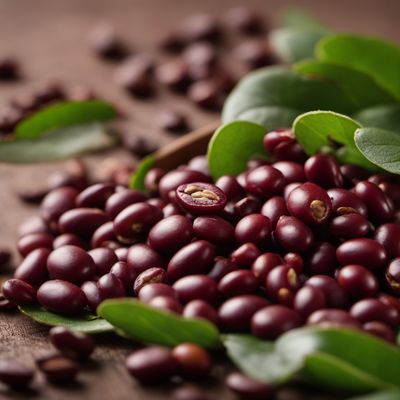
Azuki beans (dry)
The Tiny Powerhouse: Azuki Beans

Jack beans (dry)
The Versatile Legume: Unveiling the Wonders of Jack Beans
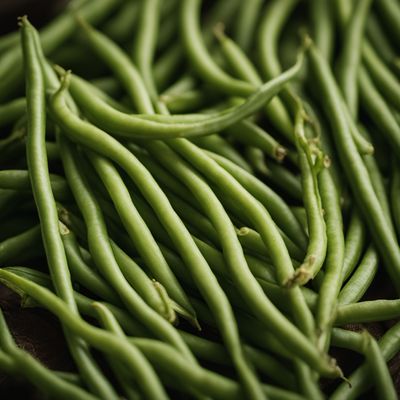
Yardlong beans (dry)
The Nutrient-Packed Legume: Yardlong Beans

Soyabeans for consumption (dry)
The Versatile Legume

Black eyed peas (dry)
The Lucky Legume

Borlotti or other common beans (dry)
The Versatile Dried Beans

Stink beans (dry)
The Aromatic Delight: Stink Beans
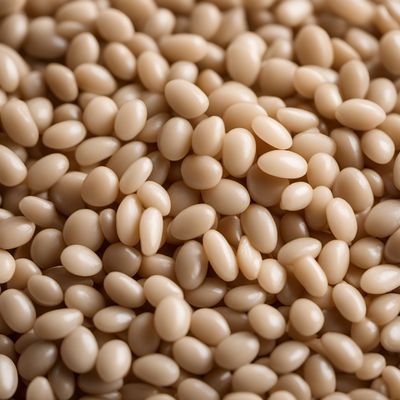
Rice beans (dry)
The Versatile Powerhouse: Rice Beans

Mung beans (dry)
The Mighty Green Legume

Vetches (dry)
The Nutrient-Packed Legume: Dry Vetches

Guar beans (dry)
Versatile Legumes: Guar Beans

Broad beans (dry)
Hearty and Nutritious: The Dried Legume Powerhouse
Recipes using Lima beans (dry)
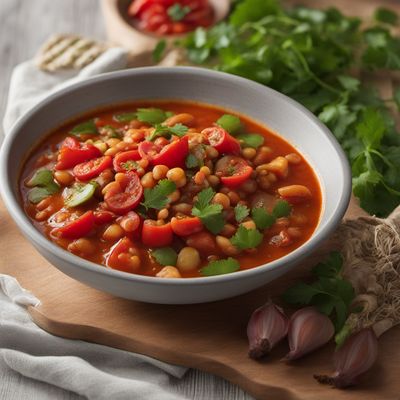
Peruvian Spicy Lima Bean Stew
Fiery Andean Delight: Peruvian Spicy Lima Bean Stew

Spicy Lima Bean Stew with a Mid-Atlantic Twist
Mid-Atlantic Spiced Lima Bean Chowder
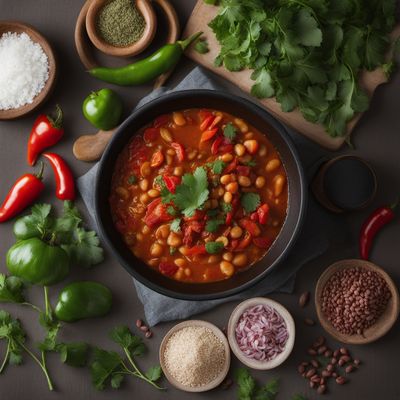
Spicy Filipino-American Style Lima Beans Stew
Fiery Lima Beans Delight: A Spicy Twist on a Filipino-American Classic
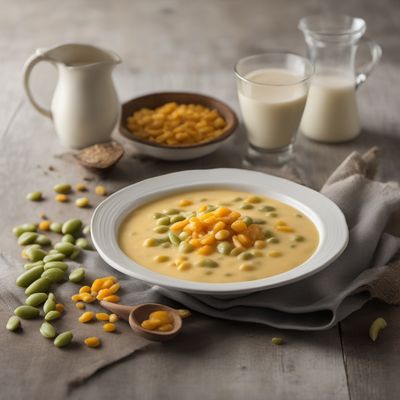
Creamy Lima Beans with Milk and Egg Yolks
Velvety Lima Beans Delight

Baghali Ghatogh with a Central African Twist
Savory Peanut and Bean Stew with a Central African Flair